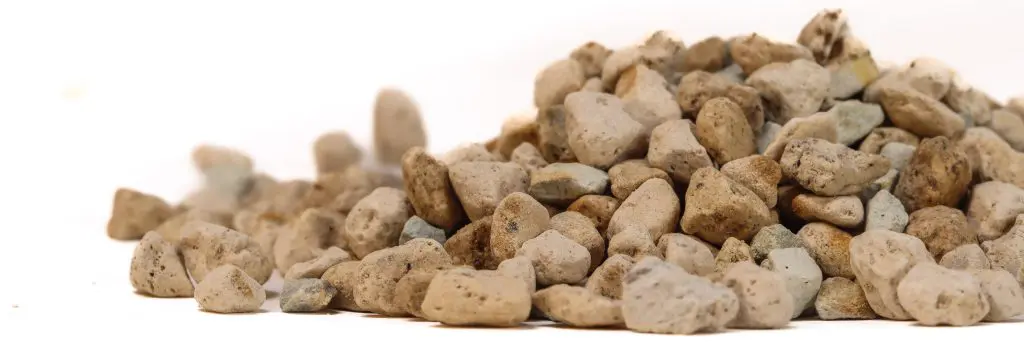Add a weak fertilizer dose to the water every time you water the plant.




Fishbone Plant, or Ctenanthe burle-marxii, is a compact herbaceous plant with strongly patterned leaves borne on long stems.
Latin name
Ctenanthe burle-marxii
Pronunciation
(“ct-en-ANTH-eh burl-marx-EE-eye”)
Common name
Ctenanthe burle-marxii
Origin
South-eastern Brazil
The leaves are mid green with dark green stripes, resembling the arrangement of fish bones. They have deep red undersides.
Flowers are occasionally produced, but they are insignificant and can be cut off.
The pronunciation of Ctenanthe looks quite daunting. The best way to think about it is to imagine saying actenanthe, but mouthing a silent ‘a’ at the beginning.
Did you know?
The genus name Ctenanthe comes from the Greek words ktenos (comb) and anthos (flower), referring to the comb-like arrangement of its floral parts.
Ctenanthe “Fishbone Plant” is non-toxic to pets and humans. It is safe for cats, dogs and children, making it an excellent choice for pet-friendly homes.
caring for your plant

Light
Low to medium light. Keep out of direct sunlight.

Watering
Keep the soil moist at all times, but not wet.

Pruning
There is no need to prune this plant. If any leaves are damaged, cut them back to the base of the petiole (leaf stem) with a sharp knife or scissors.

Feeding

pest & diseases
Mealybugs and two-spotted spider mites are occasional problems. Spider mites can cause permanent and severe damage if they are not controlled as soon as they are seen by removal with a damp cloth or paper towel. Mites are deterred by humidity, so regular misting is beneficial.
Our plants are grown in Ecoponic, an alternative to soil. Officially known as a vulkaponic substrate, it replaces traditional compost with a clean, mineral-based medium that helps protect peatlands.
According to the IUCN UK Peatland Programme, “A loss of only 5% of UK peatland carbon would be equal to the UK’s annual greenhouse gas emissions.” As well as storing carbon, the natural wetlands where peat is found are critical to the survival of plants and wildlife. Ecoponic also improves plant health and uses water more efficiently.
Find out more about Ecoponic here.


Buy one of my cousins from the nursery
Did you know?
Research from the University of Exeter found that offices with plants can increase productivity by up to 15% while also improving concentration and job satisfaction.
Plantopedia is brought to you as part of our Engage & Bloom workplace experience program.
explore more
Why not continue your journey through the plant world. Explore more plants, their stories, habitats and the benefits they bring to spaces.






